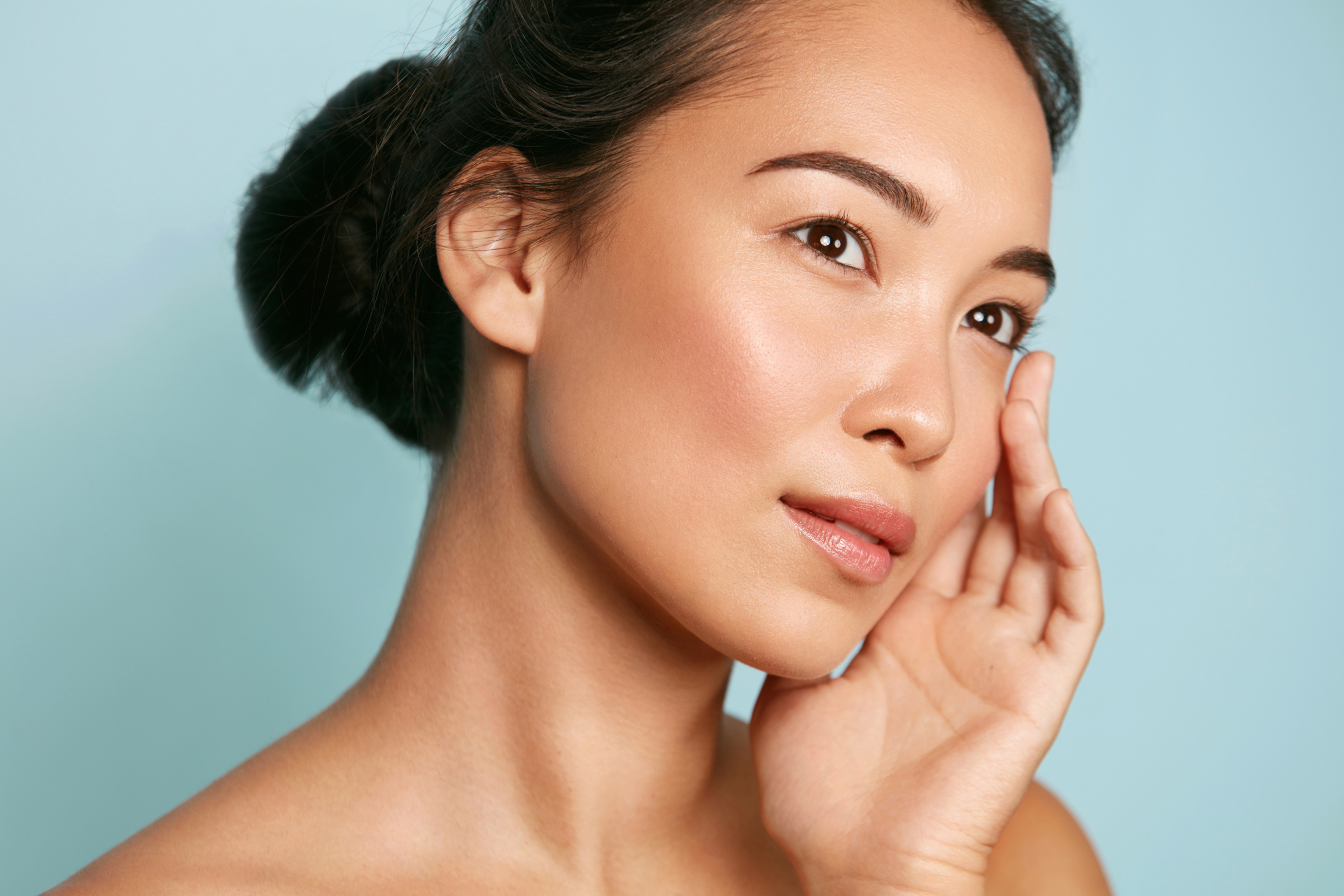Top 10 Tips for Clear and Glowing Skin

Introduction:
Welcome to Fall Creek Skin and Health Clinic, your trusted partner in achieving healthy skin and overall well-being. At our clinic, we prioritize your skin health and equip you with the knowledge and tools you need to maintain clear and glowing skin. In this blog post, we will share the top 10 tips for achieving radiant skin that you can implement in your daily skincare routine.
1. Maintain a Consistent Skincare Routine:
Consistency is key when it comes to achieving clear and glowing skin. Start your day with a gentle cleanser to remove dirt and impurities, followed by a moisturizer to hydrate and protect your skin. In the evening, make sure to cleanse your face to remove makeup and pollutants before applying a nourishing night cream to promote skin repair while you sleep.
2. Stay Hydrated:
Drinking an adequate amount of water is essential for flushing out toxins from your body and keeping your skin hydrated from within. Aim to drink at least eight glasses of water per day to maintain a healthy complexion and prevent dryness and dullness.
3. Eat a Balanced Diet:
Nutrition plays a vital role in skin health. Incorporate a variety of fruits, vegetables, whole grains, and lean proteins into your diet to provide your skin with essential vitamins and nutrients. Foods rich in antioxidants like berries, spinach, and nuts can help protect your skin from damage and promote a radiant glow.
4. Protect Your Skin from the Sun:
Exposure to harmful UV rays can lead to premature aging, sunspots, and skin cancer. Always apply a broad-spectrum sunscreen with an SPF of 30 or higher before going outside, and reapply every two hours, especially if you're spending extended periods in the sun.
5. Get Sufficient Sleep:
Quality sleep is crucial for skin repair and regeneration. Aim for 7-8 hours of uninterrupted sleep each night to allow your skin cells to rejuvenate and restore. Lack of sleep can lead to dark circles, dull skin, and accelerated aging, so prioritize rest for a healthy complexion.
6. Manage Stress:
Chronic stress can have a negative impact on your skin, leading to breakouts, inflammation, and premature aging. Practice stress management techniques such as meditation, yoga, or deep breathing exercises to help reduce stress levels and promote healthy skin.
7. Exercise Regularly:
Physical activity boosts circulation, which helps deliver essential nutrients and oxygen to your skin cells. Incorporate regular exercise into your routine to promote a healthy complexion and a natural glow. Remember to cleanse your skin post-workout to remove sweat and debris that can clog pores.
8. Avoid Harsh Ingredients:
When choosing skincare products, opt for gentle and non-comedogenic formulas that are suitable for your skin type. Harsh ingredients like alcohol and fragrances can strip your skin of its natural oils and disrupt its balance, leading to irritation and breakouts.
9. Exfoliate Weekly:
Regular exfoliation helps remove dead skin cells, unclog pores, and promote cell turnover for smoother and brighter skin. Choose a gentle exfoliator suited for your skin type and use it 1-2 times per week to reveal a more radiant complexion.
10. Seek Professional Advice:
If you're struggling with persistent skin issues like acne, eczema, or premature aging, don't hesitate to seek professional help. Our team at Fall Creek Skin and Health Clinic is here to provide tailored treatment plans and expert advice to address your specific skin concerns.
Conclusion:
Achieving clear and glowing skin is attainable with the right skincare routine and lifestyle habits. By following these top 10 tips, you can enhance the health and appearance of your skin while promoting overall well-being. Remember, self-care is essential in maintaining radiant skin, so prioritize your skincare regimen and embrace a healthy lifestyle for a glowing complexion that radiates confidence. Visit Fall Creek Skin and Health Clinic for personalized care and guidance on your journey to beautiful and healthy skin.



Need Our Services?
Book a free consultation

Our promise is to offer high-quality medical attention at a fair price in a clean, friendly, and professional environment.
QUICK LINKS
BUSINESS HOURS
- Mon - Thu
- -
- Friday
- -
- Saturday
- Appointment Only
- Sunday
- Closed
All Rights Reserved | Fall Creek Skin and Health Clinic |
